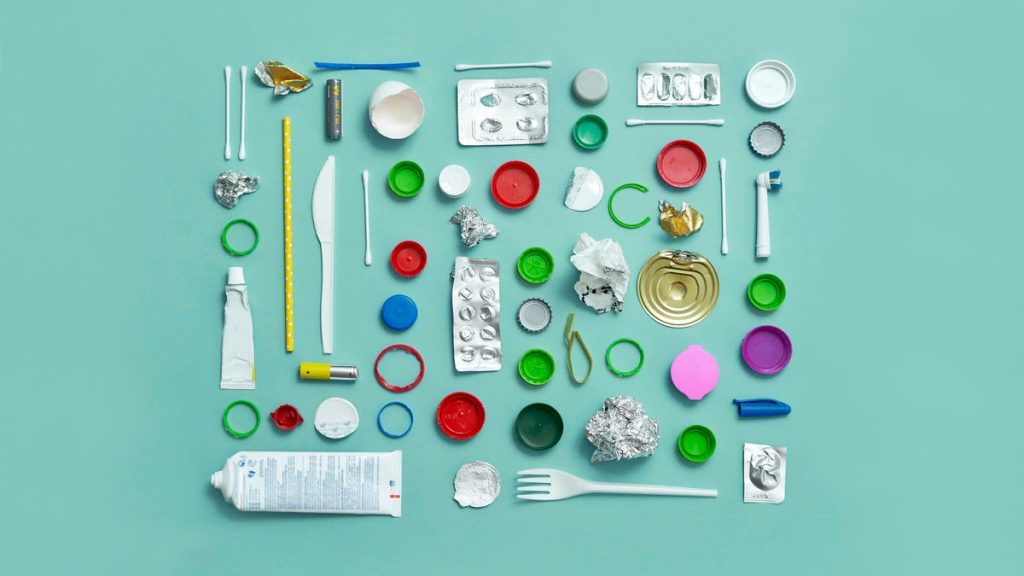Microplastics have become a widespread issue, found in the air we breathe, the water we drink, and the food we eat. These tiny particles, less than 5 millimeters in size, have been detected in human blood, saliva, and various organs. Studies have raised concerns about the potential health consequences of microplastic exposure, with links to heart attacks, strokes, tissue inflammation, cell death, and other serious conditions. Our daily exposure to microplastics through inhalation, ingestion, and touch has prompted individuals to take a closer look at their kitchen and food preparation methods.
The kitchen is a hotspot for potential microplastic exposure, with various items and utensils hiding these harmful particles. Non-stick cookware, plastic food containers, utensils, tea bags, spices in plastic packaging, plastic straws, canned food linings, and more have been identified as sources of microplastics. These items can release microplastics into our food and beverages, increasing our risk of ingestion. As a result, many individuals are seeking alternatives to mitigate their exposure to microplastics in the kitchen environment.
Fortunately, there are simple swaps and changes that individuals can make in their kitchen to reduce their exposure to microplastics. Opting for wooden or stainless steel spatulas, glass or stainless steel food containers, and metal or bamboo straws instead of plastic alternatives can lower the risk of ingesting microplastics. Choosing loose-leaf teas over tea bags, buying spices in bulk or glass containers, and selecting fresh or frozen produce over canned foods can also help minimize exposure. Investing in cast iron, carbon steel, or stainless steel cookware can provide safer alternatives to plastic cookware.
As research on the health effects of microplastics continues, it is essential for individuals to be proactive in reducing their exposure to these harmful particles. By making simple changes in the kitchen, such as choosing plastic-free cookware and utensils, individuals can take steps to protect their health and well-being. With greater awareness and conscious choices about the products we use and the materials they are made from, we can work towards creating a safer environment for ourselves and future generations.















